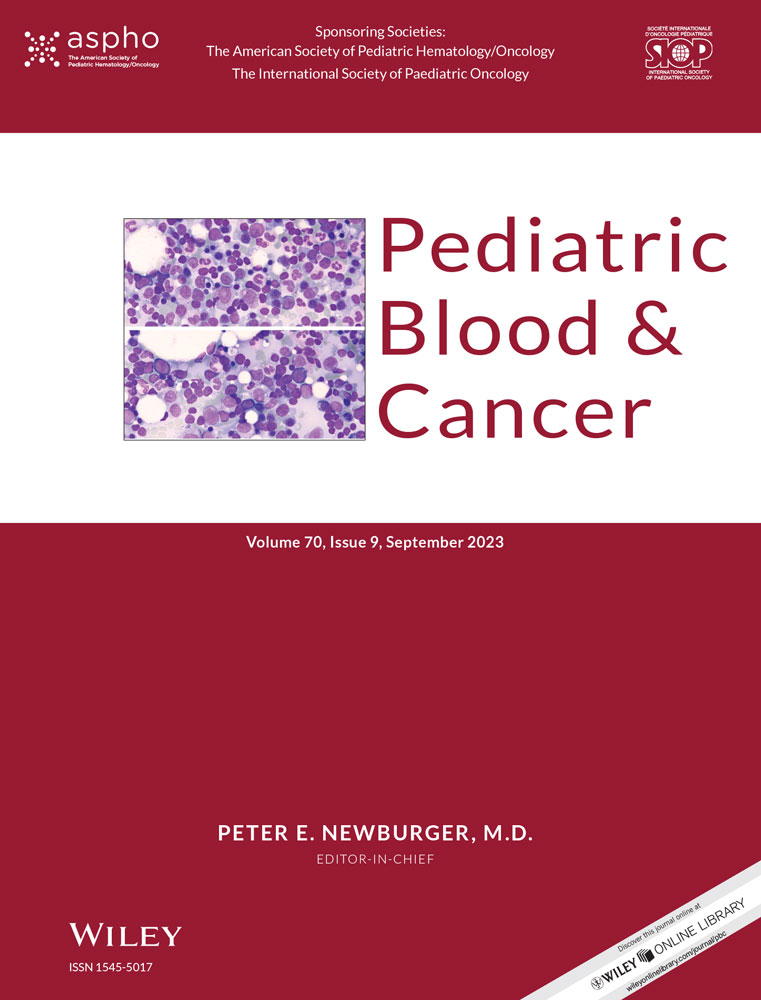Pathogenic variants in PIK3CA are associated with clinical phenotypes of kaposiform lymphangiomatosis, generalized lymphatic anomaly, and central conducting lymphatic anomaly
Abstract
Complex lymphatic anomalies are debilitating conditions characterized by aberrant development of the lymphatic vasculature (lymphangiogenesis). Diagnosis is typically made by history, examination, radiology, and histologic findings. However, there is significant overlap between conditions, making accurate diagnosis difficult. Recently, genetic analysis has been offered as an additional diagnostic modality. Here, we describe four cases of complex lymphatic anomalies, all with PIK3CA variants but with varying clinical phenotypes. Identification of PIK3CA resulted in transition to a targeted inhibitor, alpelisib. These cases highlight the genetic overlap between phenotypically diverse lymphatic anomalies.
CONFLICT OF INTEREST STATEMENT
David R. Weber is a consultant for PTC Therapeutics and has received grant funding from Inozyme. James R. Treat is a consultant for Sanofi, Regeneron, and Palvella. Denise M. Adams is a consultant with Artham, Novartis, Nobias, and Vaderis.
Open Research
DATA AVAILABILITY STATEMENT
Data sharing is not applicable to this article as no new data were created or analyzed in this study.




